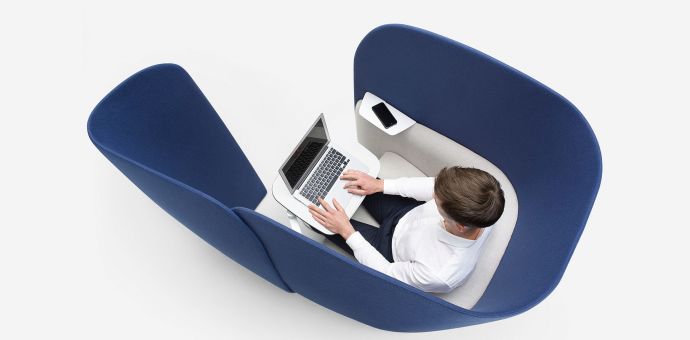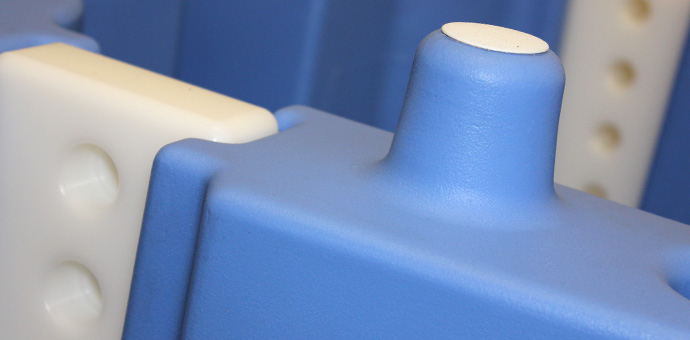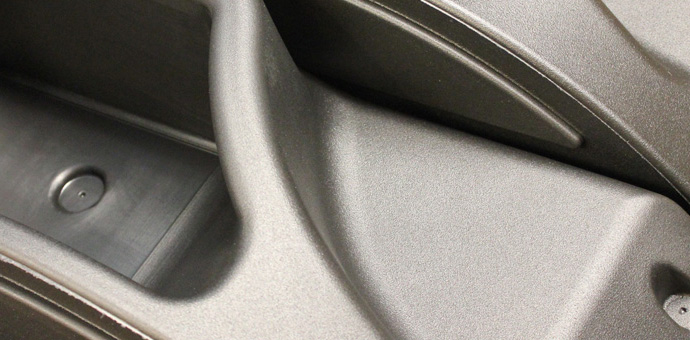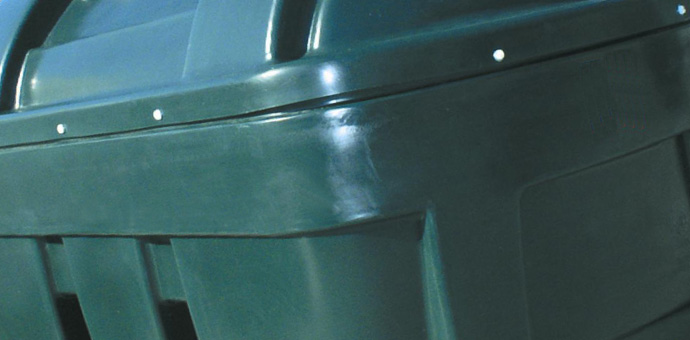Rotational moulding is a highly versatile method for making precise, stress and seam free plastic components at comparatively low cost
Rotational moulding – perfect for hollow or partially hollow plastic components
The polymer powder is slowly tumbled in a heated enclosed mould, the powder melts forming a coating over the internal surface of the mould. The mould is cooled which makes the polymer coating become solid and the mould is opened. The accurately shaped part is extracted, and new polymer is introduced to make the next moulding.

The part can include features such as metal inserts, threads, CNC machined edges, holes, slots, etc

Almost any finished appearance can be achieved by self-coloured plastic and a range of moulded textures, or the part can be post mould painted.

Tecni-Form have the capability to create assemblies of moulded and bought-in parts.
Rotational moulding is a highly versatile method for making precise, stress and seam free plastic components at comparatively low cost. The process can produce complex shapes with controlled wall thickness in a variety of materials. It is particularly suitable for manufacturing hollow or partially hollow parts.
By selecting from a range of different materials, articles with physical properties as varied as flexible gearstick gaiters or rigid commercial vehicle cab components can be made. Metal inserts such as threads and bushes can be moulded in, and moulded cavities can be filled with foam. Alternatively, threads may be part of the moulded shape itself. Mouldings may be CNC machined, drilled, sawn, routed, tapped or welded.
A moulded textured surface enhances appearance, and improves scratch resistance – Tecni-Form have almost unlimited choice. The look and feel of other materials such as metal and leather can be simulated. If more rigidity or insulation are part of the design, an inner foam layer can be moulded integrally or after moulding injected into hollow sections. Take a look at the Finishes section to see what can be done.
The first step in making rotationally moulded plastic components is to create the basic shape from a mould. This procedure is the same whatever the material or shape of the desired component
Creating the rotationally moulded component:
- A mould is created according to the specifications for the finished article – these are usually produced from CAD data, although Tecni-Form can also work from paper designs or from a physical model (For design information, please see their Designing for Rotational Moulding section)
- If any metal inserts are to be moulded in, they are fitted to the mould
- A measured amount of the appropriate polymer powder is added to the mould
- The mould is securely closed
- The mould is slowly heated with blown hot air and rotated simultaneously about two axes mutually at right angles. The tumbling action is slow and centrifugal forces are not significant. During this part of the process the polymer is distributed evenly around the interior of the mould, gradually adhering to it
- The mould is cooled using fans
- The component is unloaded from the mould, ready for finishing and assembly
- The mould can then be fitted with any new inserts and recharged with powder ready for the next cycle.
Once this stage of the rotational moulding process is complete, Tecni-Form go on to Stage Two – Finishing the Plastic Components.







